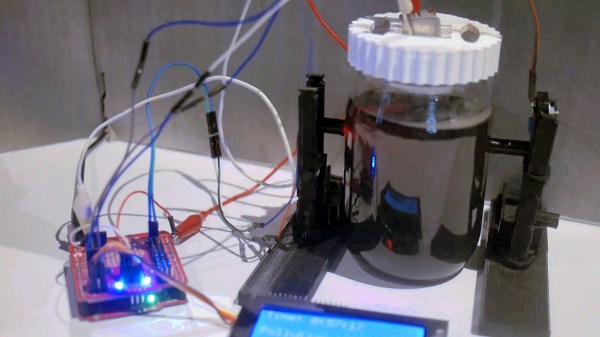We see a lot of great STEM education projects. These projects have a way of turning into something much larger. How many commercial devices and machines are built on Raspberry Pi’s and Arduinos? [Ryan Beltrán] is using common materials to teach people how to clean water. This particular kit demonstrates a water purification process called electro-coagulation.
When current is passed through two electrodes suspended in water it changes the surface charge on the suspended solids. This causes the solids, metals, and oils to clump together which makes them considerably easier to treat and clean.
The kit consists of a jar, electrodes, some 3D printed parts, and a pre-flashed Arduino. There’s also salts and filters to finalize the purification process. Students can start the experiment right away and if they’re inspired they’ll have all the tools to try more advanced techniques.
Often STEM kits lean heavily to robotics or computer science, but there are so many vast and interesting fields out there with problems that need to be solved.





















